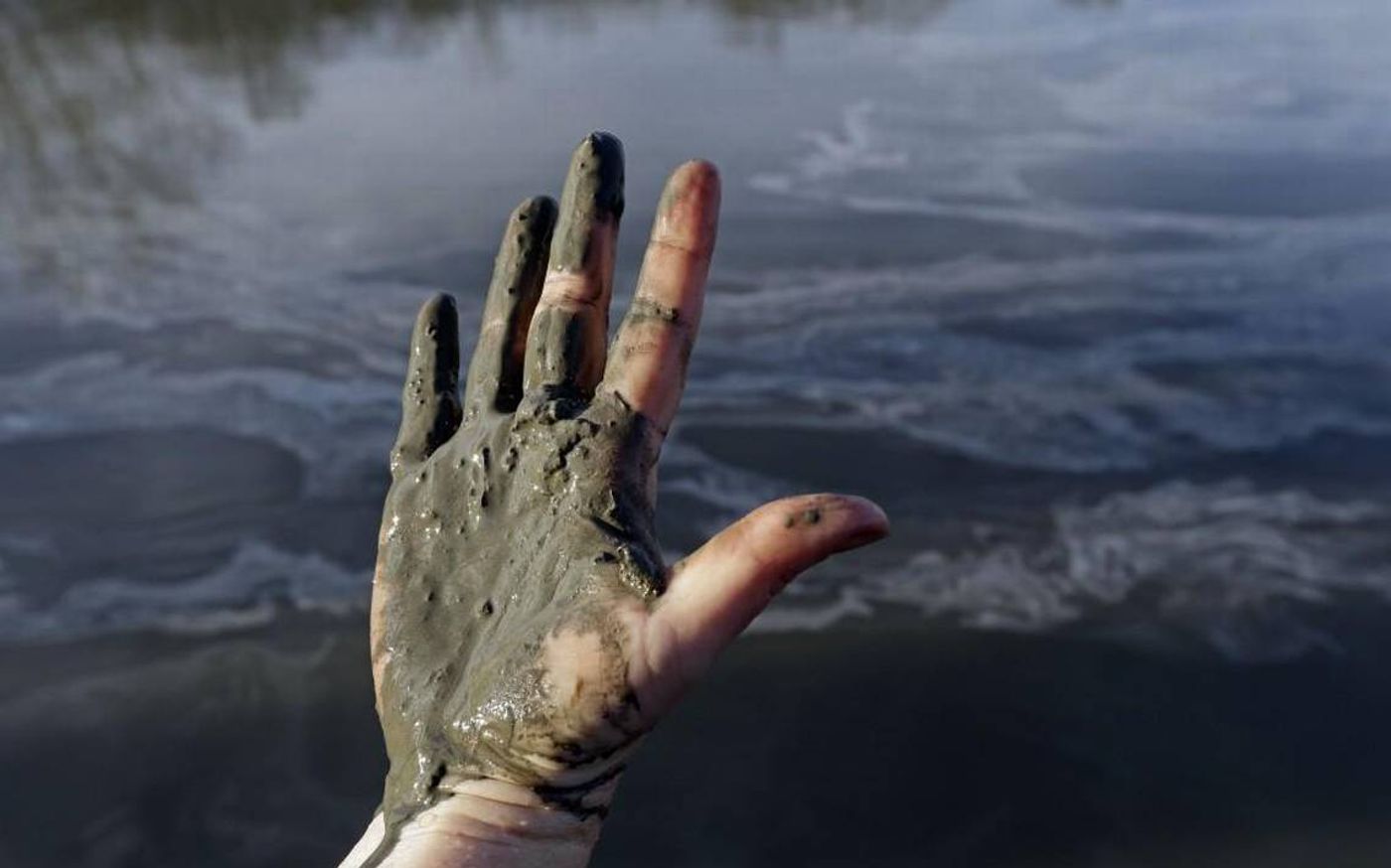What to do with radioactive Chinese coal ash
A new study reports that coal ash that comes from high-uranium deposits in China shows dangerous levels of radiation, making it unsafe to reuse as a binding agent in concrete, wallboard, and bricks. Coal ash is typically able to be repurposed into building materials, but the US and Chinese scientists who conducted the recent study, published in the journal Environmental Science and Technology now recommend against it for ash originating from these sites. The scientists fear that turning the coal ash into building supplies could be dangerous for people’s health.
Looking at deposits from high-uranium coals in 57 sites throughout China, the scientists analyzed radiation levels in coal ash residues as well as soil samples from the sites. They determined that reusing the coal ash for building materials becomes dangerous at a certain point: when about 10 ppm of uranium is in the ash. (Most coals in China have uranium concentrations up to 3 ppm.) The team stresses that this threshold isn’t just pertinent for China, but for high-uranium coal deposits globally.
"While most coals in China and the U.S. have typically low uranium concentrations, in some areas in China we have identified coals with high uranium content," said one of the study authors, Avner Vengosh. "Combustion of these coals leaves behind the uranium and radium and generates coal ash with very high levels of radiation."
Vengosh does not exaggerate when he says “very high levels.” Indeed, some of the levels the scientists analyzed showed over 43 times higher than the maximum safe limit for residential building materials (determined by the United Nations Scientific Committee on the Effects of Atomic Radiation).
"The magnitude of radiation we found in some of the Chinese coal ash far exceeds safe standards for radiation in building materials," said Shifeng Dai, another author of the study. "This calls into question the use of coal ash originating from uranium-rich coals for these purposes."
That, of course, begs the question of how to properly dispose of the coal ash if we are not reusing it for building purposes. The study highlights the importance of looking closely at this issue, writing: “Since the beneficial use of high-U Chinese CCRs in building materials is not a suitable option, careful consideration needs to be taken to limit potential air and water contamination upon disposal of U- and Ra-rich [coal ash].”
Sources: Science Daily, Environmental Science and Technology









